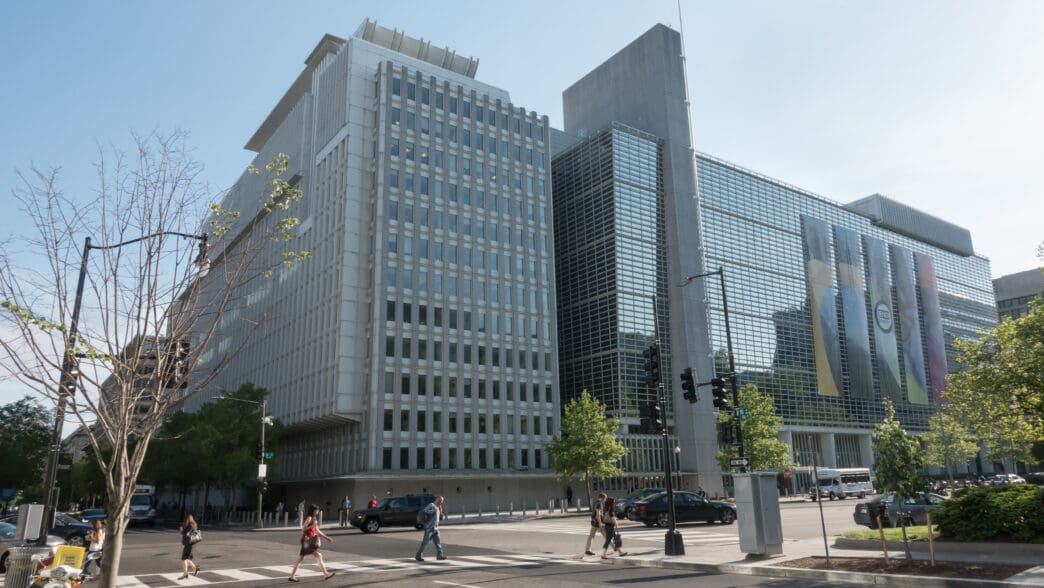Executive Summary
The Story So Far
Why This Matters
Who Thinks What?
The World Bank has increased its 2025 economic growth forecast for China to 4.8%, up from the 4% predicted in April, as part of an overall boost in projections for the East Asia and Pacific region. This revision comes despite a period of U.S. tariff-led uncertainty earlier in the year and is largely attributed to sustained government support and resilient export performance.
China’s Economic Outlook
The updated 4.8% growth projection for China in 2025 aligns more closely with Beijing’s official target of around 5% gross domestic product (GDP) expansion. While the World Bank did not specify the exact reasons for the forecast change from April, it noted that China’s economy has benefited from government support, which may diminish in the coming year.
Trade tensions between China and the U.S. escalated in April, temporarily pushing U.S. tariffs on Chinese imports to over 100%. A trade truce, currently in effect until mid-November, has seen tariffs on China settle at 57.6%, still more than double the rate at the start of the year.
Drivers and Headwinds
China’s economy has been supported by stimulus measures initiated in late 2024 and targeted consumer trade-in programs this year, aimed at bolstering retail sales. Exports, a significant growth driver, have continued to rise, with shipments to Southeast Asia and Europe compensating for a sharp decline in exports to the U.S. Businesses increasing orders ahead of potential tariff hikes have also contributed to export strength.
These export gains have helped offset domestic economic pressures, including an ongoing real estate slump and subdued consumer spending. However, this momentum is expected to moderate. The World Bank forecasts China’s GDP growth to ease to 4.2% in 2026, primarily due to an anticipated slowdown in export growth. Economists also expect Beijing to scale back stimulus efforts to prevent public debt levels from rising too rapidly, as the country’s overall economic expansion decelerates compared to previous years.
Domestic Economic Indicators
Recent domestic data reveal mixed signals. China’s retail sales in August increased by just 3.4% year-on-year, falling short of analysts’ expectations. Investment in real estate continued its decline, down by 12.9% for the first eight months of the year, following a 12% drop in the first seven months.
Preliminary figures for the eight-day “Golden Week” holiday, which concluded on a Wednesday, also indicated sluggish consumer spending. While average daily domestic passenger trips between October 1 and 5, 2025, rose by 5.4% year-on-year to 296 million, this growth was slower than the 7.9% recorded during the May 1 to 5 public holiday. Nomura’s Chief China Economist, Ting Lu, suggested that actual consumption growth could be weaker than official data imply, partly due to the agrarian calendar combining what are typically two separate public holidays.
Broader Challenges and Regional Impact
China faces several structural challenges, including a youth unemployment rate of one in seven, technological disruption, and an aging population. The World Bank highlighted that startups in China increase employment fourfold, compared to sevenfold in the U.S., attributing this difference partly to the prevalence of state-owned enterprises in China.
A 1 percentage point decline in China’s GDP is estimated by the World Bank to reduce growth in the rest of developing East Asia and the Pacific by 0.3 percentage points. With the upgraded China forecast, the broader region is now expected to expand by 4.8% this year, an increase from the 4% forecast earlier in the year.
Globally, the World Bank cut its 2025 economic growth forecast to 2.3% in June, largely citing trade uncertainty. This projection would mark the slowest global expansion since 2008, excluding periods of global recession.
Summary
The World Bank’s revised forecast signals an improved outlook for China and the broader East Asia and Pacific region for 2025, underpinned by government measures and trade resilience. However, the projections also highlight anticipated moderation in 2026, driven by expected export deceleration and the need to manage public debt, alongside persistent domestic challenges.








